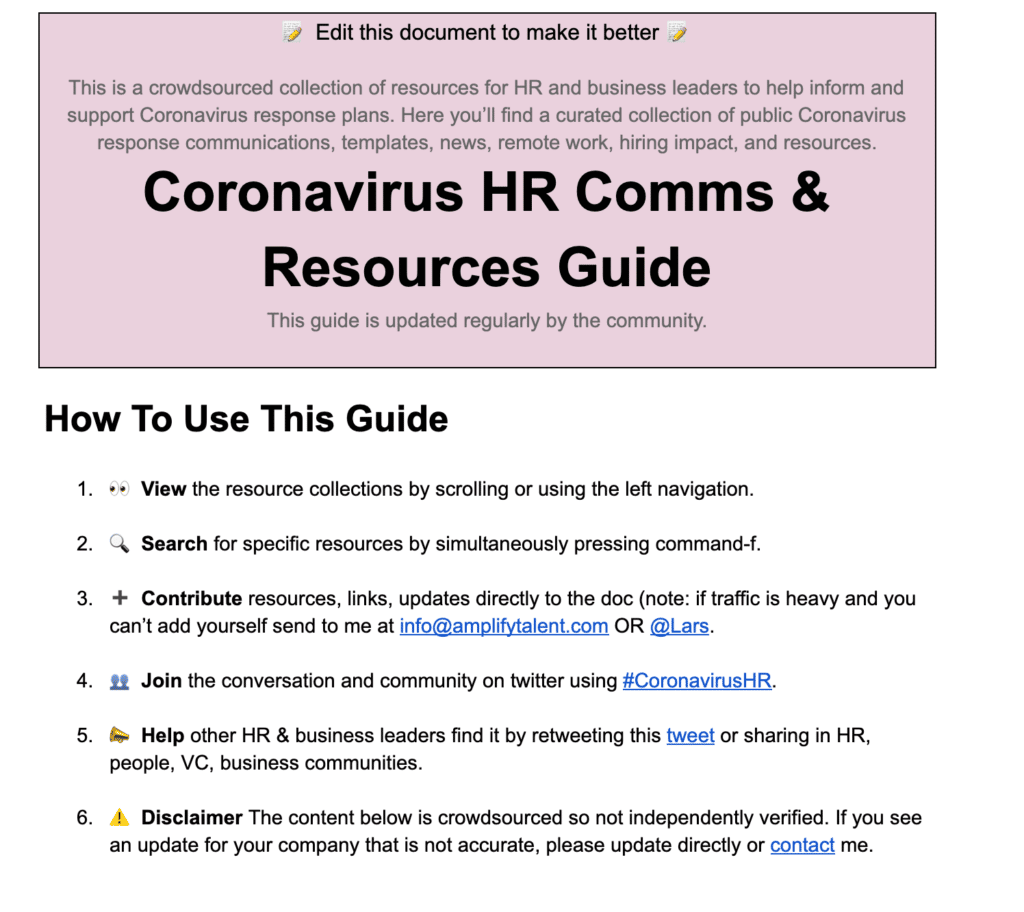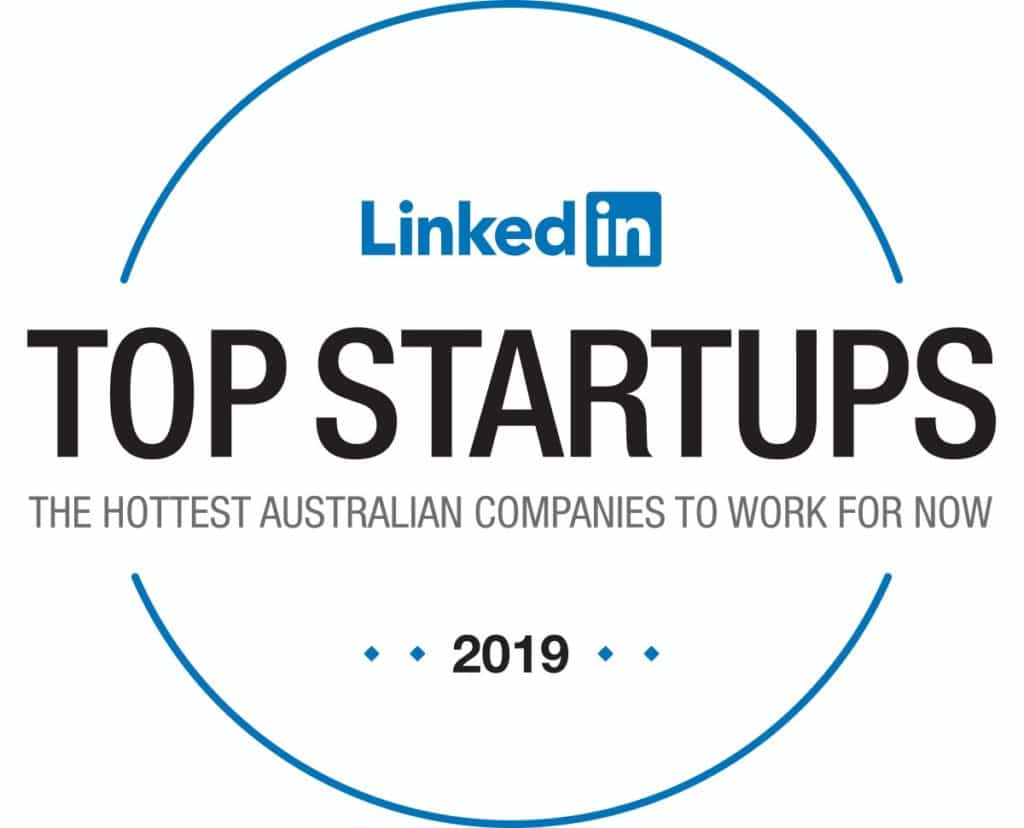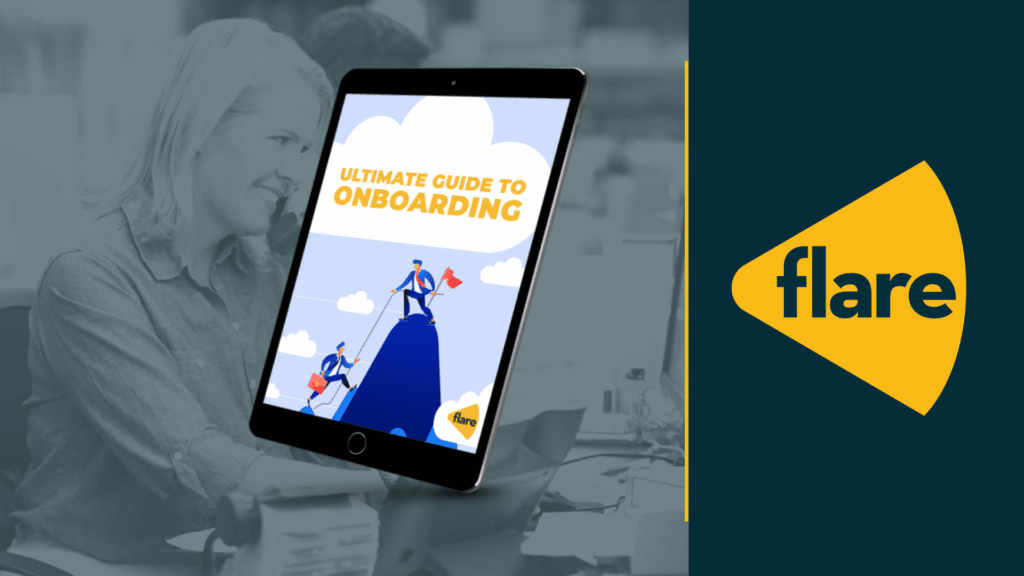The National Cabinet has anticipations of reopening Australia in July. This is good news for many, especially retail workers.
But before the thousands of Australian retail workers who were stood down get back to work, employers need to take critical steps to keep them safe and make them feel comfortable.
How to prepare for a safe return to work
Understand your obligations as an employer
Before you start making any plans or open any doors for workers to return to work, it’s important to grasp what your responsibilities are as an employer. Work and Health Safety (WHS) laws were established prior to the pandemic and require employers to take care of workers’ health, safety and welfare as they get back to work.
Safe Work Australia (SWA) has outlined specific COVID-19 safe workplace principles that you should familiarise yourself with before welcome employees back. These include parameters like social distancing, hygiene, sanitation, and emergency response plans.
If one of your workers does fall ill, each state and territory health authority will have guidelines to follow in terms of addressing it. Additionally, you’ll need to thoroughly clean and disinfect the entire workplace before anyone can return.
Cleaning and sanitation
This is a big one for employers and employees alike. First, let’s consider the difference between cleaning and sanitising. According to SWA, cleaning is when you physically remove germs (bacteria and viruses), dirt and grime from surfaces using a detergent and water solution. Disinfecting is using chemicals to kill those germs.
So, which do you need? Both. WHS recommends employers clean and then disinfect areas.
Pay extra attention to surfaces that are frequently touched by workers and/or customers — cash registers, any POS stations, barcode scanners, door handles, changing room locks, hangers, displays, computers, etc.
SWA has a cleaning guide you can print, share and reference as you go through the workplace. The Department of Health also has a list of recommendations for cleaning and disinfecting.
Setting up the space
More than likely, your retail business is going to need some changes to the physical space. Specifically, social distancing requires a minimum of 1.5 metres between people. The Department of Health also requires four square metres of space for each individual.
The layout of your store will need to accommodate that space, which may require fewer displays and racks. Put physical markings on the floor — especially in locations where shoppers typically line up, like at the register or entrance.
Ideally, you’ll be able to operate the business outdoors (e.g. in an open-air market or at a stall). But this isn’t always feasible. You could look to creative fulfillment models like curbside pickup or home delivery.
Other key considerations for retailers:
- POS: Introduce contactless pay to reduce human-to-human and human-to-surface interactions. Many retailers are also installing plexi-glass partitions.
- Dressing rooms: Apparel retailers will also more than likely need to eliminate changing rooms. On the plus side, you can repurpose this space to make more room for social distancing.
- Sanitising stations: You’ll need these for staff and customers alike, ideally at the entrance/exit and POS.
- Break rooms: Like dressing rooms, many businesses are eliminating staff break rooms.
Employee training
This is new for everyone, and your staff needs help adjusting to the new requirements for their roles. Provide training, processes and procedures documentation, signage and other information about how to stay safe during COVID-19.
It’s important to do more than just post signage and offer training — you’ll want to take a personal approach and show support for your team. Mental health is important, and SWA has a full suite of resources to help you navigate.
Related: Coronavirus: How HR leaders from Apple, Google and Nike are responding >
There are going to be a lot of questions from shoppers when your workers return to work. Anticipate these questions and provide scripts for your staff to use. Do the same for new ones that come in. Provide clear, written protocols on how to handle difficult or uncomfortable situations.
Appoint a health and safety representative
Your staff can elect one or more health and safety representatives (HSRs) to represent their interests. HSRs can consult employers and then advise workers to cease work if there are unsafe conditions, including anything related to COVID-19.
Reduce risk for workers
Employers have many responsibilities to do everything they can to keep staff safe on the job. New standards include staggered start teams and employer-provided personal protective equipment (PPE) like gloves, masks and sanitising products.
Keep your vulnerable staff in mind too. SWA categorizes the following as vulnerable:
- Aboriginal and Torres Strait Islander people 50 years and older with one or more chronic medical conditions
- People 65 years and older with one or more chronic medical conditions
- People 70 years and older
- People with compromised immune systems
The Australian Health Protection Principal Committee (AHPPC) has special provisions for vulnerable workers. This includes a risk assessment to determine if they need a change in role or absence.
How to start hiring again
According to data from Candor, B2C companies and apparel and footwear brands have had the most layoffs. As businesses reopen and slowly pick up steam, you’re going to need to replace those furloughed workers, either with former employees or new ones.
Once you know how many workers you need to run your store, you need to determine who those people are. Vulnerable workers have clearer guidelines in terms of what they can and cannot do, but there’s more to it than that.
Start out by asking your workforce who wants to come back. Reiterate that any lack of desire to return to the workplace will not be used against them. Again, it’s important to make staff feel supported at this time. From there, you can determine whether you need more (or fewer) workers and how to manage scheduling and hiring.
If you need to hire new staff, the Department of Education, Skills and Employment has a page where employers can list vacancies and get help finding candidates.
Automate your new hire onboarding
We all have a lot going on right now, balancing our ever-changing normalcy with such difficult-to-predict circumstances. Even during “normal” times, complex onboarding processes are a major deterrent for new hires. In fact, convoluted onboarding is a key reason why 30% of workers leave an organisation within the first 90 days.
One way to make the onboarding process less daunting for new hires and HR staff alike is to automate what you can. HR automation tools like Flare can eliminate paperwork, manage employee integration, provide the right training, and make everything go more quickly. Get a free demo of our HR software and onboarding software which is free for a limited time to support businesses who are returning to work.
Getting safely back to work
Reopening brings hope for retail businesses country-wide, and with it comes many concerns and responsibilities for employers and workers alike. As employers, it’s important to make the transition as smoothly as possible for staff, while offering them mental support along the way.
For more advice on HR during COVID-19, we’ve listed a guide to the best free resources.













